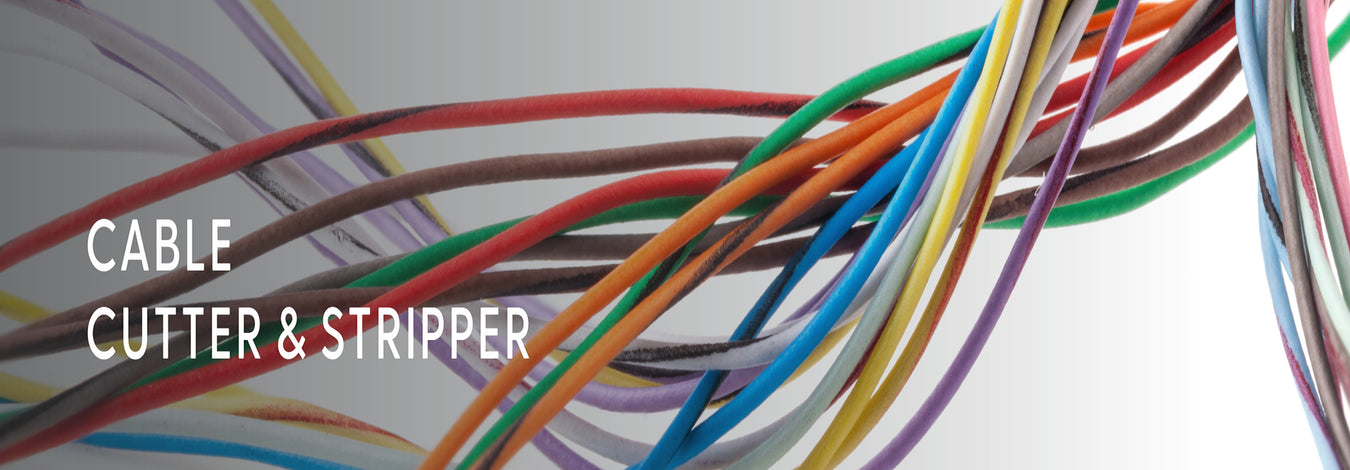
Can I Fix a Leaky Pipe Myself?
Once in a while, homeowners have to deal with plumbing issues despite prioritizing regular maintenance. For instance, leaky pipes are a common plumbing problem in most homes. Some signs of leaky pipes include visible mold, wet spots, a running water meter (even when no faucets are turned on), rising water bills, stained walls, ceilings, and floors where plumbing pipes are located.
Upon identifying leaky pipes, acting fast to prevent extensive damage is necessary. Can you fix a leaky pipe yourself? Yes, you can fix minor leaks in your home if you are a handy person with the proper tools. Fixing a leaky pipe as soon as you notice it helps prevent other water damage in your home structure. It can also save you money you could have paid to a plumber.
This article will walk you through a step-by-step on how to fix a leaky pipe on your own.
Things You Should Know
You can choose to do quick and temporary fixes or long-term fixes. Temporary fixes are effective in case of a minor leak or when you want to control the leakage/minimize damage by waiting for a professional plumber to arrive and do a long-term fix. Some of the temporary methods to fix leaky pipes include using:
- Self-fusing pipe tape: It’s effective for small leaks on straight pipes and joints.
- Epoxy putty: It’s used on metal, plastic, and PVC tubings. It also works effectively on straight pipes and joints.
- A pipe repair clamp: It uses a metal band and a rubber gasket secured with bolts to repair leaks on straight pipes temporarily.
In case you want to do permanent fixes, more work is involved, and depending on the leaking, it might go as far as tearing out drywall and adhering to certain plumbing codes. It also involves making new pipe connections.
A Step-by-Step DIY Guide to Fixing a Leaky Pipe Permanently (For Copper and PEX Tubing)
1. Gather the necessary tools and materials
Once you’ve identified the leaking areas on the pipes, you must gather the necessary materials and tools for the repair. Often, the tools you choose depend on the type of tubing on your plumbing system. These tools include:
- Pipe cutter & deburring tool
- Fittings/couplings (press copper fittings or PEX crimp fittings & rings)
- PEX crimping tool or a copper pipe press tool
- A bucket or towel to catch excess water
2. Turn off the water supply
Find a water supply valve for your home plumbing system or the individual valve for the affected pipe and shut it off. It prevents more water from leaking and allows you to work on the leaks without water flowing through the pipe.
3. Drain the pipes
The next step entails draining the pipes to minimize water spillage when you work on the pipes. Turn on the faucets connected to the leaking pipes to drain out excess water.
4. Measure and cut the damaged section of the pipe
You need to measure and cut the damaged section of your pipe to create space where you will insert the fittings. For copper tubing, you can use the iCrimp CT-532 Tubing Cutter. For PEX tubing, you can use the iCrimp ICP-CT01 PEX Tube Cutter. Also, use a deburring tool to scrap around the edge of the cut pipe.
5. Insert the fittings and make connections
For copper tubing, insert the copper fitting and use a press tool to create a water-tight connection. This method is quite effective, especially if you’re not skilled in soldering copper pipes. The iCrimp IWS-1632AF Press Tool is ideal for this job.
For PEX tubing: start by sliding in the crimp rings on each side of the cut pipe and then insert your PEX fitting. Use a PEX crimping tool like the iCrimp 1” CL PEX Crimping Tools to make crimp connections. The crimp rings secure the PEX tubing and fittings, creating a durable, water-tight seal.
6. Turn on the water supply
Once the repair is complete, you should turn on the water supply valve to help evaluate the effectiveness of your repairs. It also enables you to check if you’ve additional pipe leaks.
Final Thought
You can fix a leaky pipe yourself; it only requires your skills and the proper tools and materials to repair it. It is also cost-effective since you don’t have to hire a plumber. iCrimp is one reliable platform for a wide range of quality plumbing tools that professional plumbers and DIYers can use to handle leaky pipe repairs.
References





